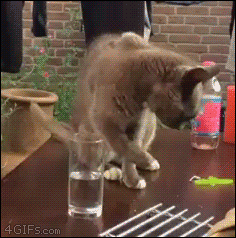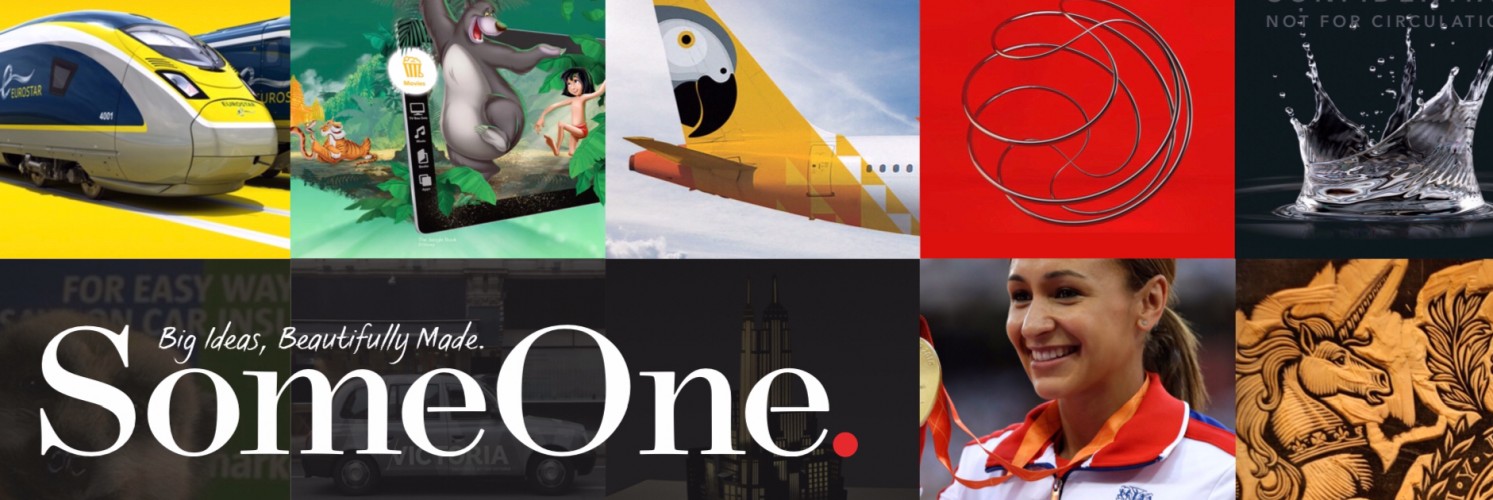It’s the ideas you see that matter.
Aesthetics are the best way to unite and promote a brand.
Creativity in the business of Branding does not solely or even mostly reside in one ‘big idea’, it is held in the design, care and attention that goes into the ‘aesthetics’ of a brand. And those aesthetics are applied to many and varied things throughout the life of a brand.

You’d want to find out more about this dish and where it’s from right? No description required — that’s a visual idea…
The most concrete, tangible way of describing a brands ‘feel’ is aesthetics. How it looks. How it is designed to trigger human responses. Those things you experience that makes you smile, flinch, frown or gossip. Those things that make you more likely to remember, recommend or respond to a product, service or organisation.
There is so much nonsense spoken surrounding Branding. We spoke at length about the ideas, theory and methodology behind the interiors for Eurostars new trains — but when we saw what Pininfarina had created… words were no longer required. The images did it all. The aesthetics spoke volumes.
What it is like to experience stuff ‘in the flesh‘ is where the magic happens — is it authentically heavy like a lead lined IWC Pilots watch? Smooth like the Aluminium Uni-Body of an MacBook Air or rough like the cover of Wired Magazine? These are all design decisions — and all things that hold both creative thinking and the most emotive brand triggers.
At SomeOne we’ve helped manage and launch reputations through a broad variety of visual ideas
Everyone likes talking up a ‘big idea’ but sometimes those conceptual, blue sky, not-that-useful ideas just create a restricting jacket rather than a set of exciting principles.
It’s widely trumpeted in Marketing circles that creativity comes in the form of ‘concept’ of one ‘Big Idea’, rather than a deeply considered, tangible, coherent and crafted feel.
That is not to say that conceptual thinking is dead. That Big Ideas are worthless. More that big ideas can be many and frequently occurring in the modern brand experience. We like to give organisations, products and services need more than one big idea.
We’re fond of saying that in matters of branding, a logo isn’t enough… that logo’s alone are increasing a little redundant… when we see yet another re-brand hanging purely off a logo we feel there has been a real missed opportunity.

Visual ideas don’t need to be flat — Everything in this room has been considered and is included for a reason — to manage the brands reputation.
For Eurostar — sure — we created a logo… but also we created hundreds of ideas — a Brand strategy, a new tone of voice, a bespoke typeface, an extensive set of icons — a bespoke group of on-board pictograms, signage, an amazing sculpture, we defined personality traits, digital interaction principles, a colour scheme, helped re-craft an onboard magazine, films, advertising, co-branding systems and a whole raft of ways of applying this new brand identity to new thinking.
The demands of modern life on a product, service or organisation demand smart adaptive design thinking on multiple levels. Not just one big idea.

If you just have one idea — it’s likely that one day, you’ll reach for it, and it won’t work.
It’s more like creating a hotel, from scratch (which we at SomeOne have done several times with BabyGrand, The Scotsman, 42TheCalls, TheTownHall), working out everything from how to greet guests to what kind of toweling to use for the robes in the spa and what the spa smells like and what it’s temperature is and what the lighting is like… through design, it really is possible to shape peoples experiences and in turn determine how a brand is perceived. After all a brand is the experience.

Visual ideas are memorable… they should be able to be easily described… like above…
It’s no wonder that large organisations are now turning to Design practices like us to help steer their brand through launches, relaunches or existing issues.
Perhaps the issues surrounding ‘interaction principles‘ — as the Digital gang call it — is also really just a new way of saying ‘how it feels’ — and feelings run beyond the weight of a book in a hand or the silky touch of a laptops case…
Feelings are the emotional connections we create with products, organisations and services… How we feel about O2, London 2012 & The Royal Opera House can all be affected by design decisions. Which is why the brands that are winning are often those that place design in the board room rather than the back room.

Great visual ideas transform the everyday to the extraordinary…
Design is an essential part of creating, re-creating and managing a 21st century brand… yet it is often only recruited when things have gone wrong, or at the last minute. Brands that place design thinking as a priority win.

Visual ideas make things that are dull, memorable…
Brands that work brilliantly — in useful ways — tend to be those with a deeply considered ‘design’ story. Everyone talks about Apple, its iPhone, laptops, pads and pods, it feels lazy to keep on referring to them… They are the benchmark for sure… but others are doing amazing things by placing Design at the centre of the conversation.

This is a bin — it’s being emptied — and now it’s entertainment. Thanks to a visual idea.
Nearly all of SomeOne’s clients have adopted this thinking. For example, The Royal Opera House is reinventing itself by placing clever design thinking at the core of it’s brand. A radical new website, bold new productions (A new opera based on the life of Anna Nicole Smith for example), a refreshed contemporary visual brand identity, coherently applied across everything (as opposed to monotonous consistency), new tone of voice, stunning new extension to the building. There’s a brilliantly crafted inventive ‘feel’ designed into to everything, the experience, the product… and it culminates into what we call the brand.

Our rebrand of the Royal Opera House helped position it ready for the next decade of world-class thinking.
This feeling of Brand comes from everything the organisation does. It’s easily heard from people when they discuss it… and it comes from a feeling that is designed at every stage — chance plays it’s part — creativity thrives on chance… but surrounding the sparks are a finely crafted set of design decisions that enable them to generate the most power.
However we choose to tell the story of a brand it’s the feel that tells that story most creatively, and therefore design should be placed in the very heart of the brand, not just its communications.
In fact, the design is the communication.



